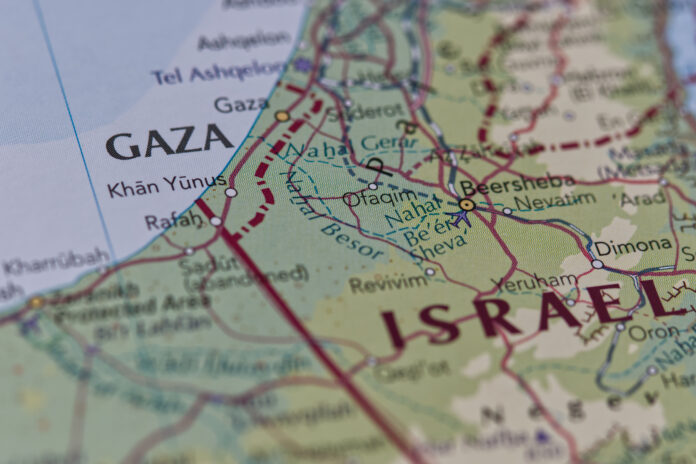The ongoing conflict between Israel and the Palestinians, which began with Israel’s declaration of war in response to Hamas’ cross-border attack on October 7, marks the longest and deadliest war between the two since Israel’s establishment in 1948. Despite weeks of intense airstrikes and a ground offensive by Israel, Hamas remains largely intact, and more than three months into the conflict, hostages are still in captivity.
Key takeaways from the first 100 days of the conflict include the profound impact on Israel, where the Oct. 7 attack has led to a loss of faith in leadership. The public is deeply traumatized, reliving the events daily through continuous media coverage. Despite a drop in Prime Minister Benjamin Netanyahu’s approval ratings, he remains in power, resisting calls for apology or investigation until after the war.
In Gaza, conditions have drastically worsened, with intense Israeli bombing causing extensive damage and a death toll exceeding 23,000. Over 80% of the population is displaced, and Gaza has become nearly uninhabitable. The humanitarian situation is dire, with widespread starvation, limited hospital functionality, and disrupted education.
The war’s impact extends beyond Israel and Gaza, with ripple effects across the Middle East. Escalation risks a broader conflict involving a U.S.-led alliance against Iranian-backed militant groups. Hezbollah militants in Lebanon have engaged in back-and-forth fighting with Israel, and Houthi rebels in Yemen have targeted civilian ships. The U.S. and British militaries have taken actions to contain the violence, but the situation remains tense and interconnected across the region.
By: Montana Newsroom staff




